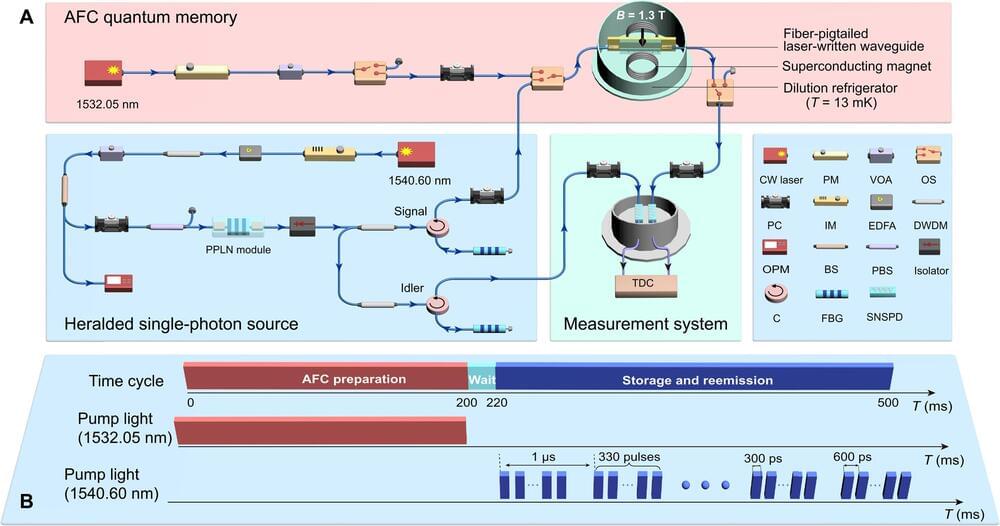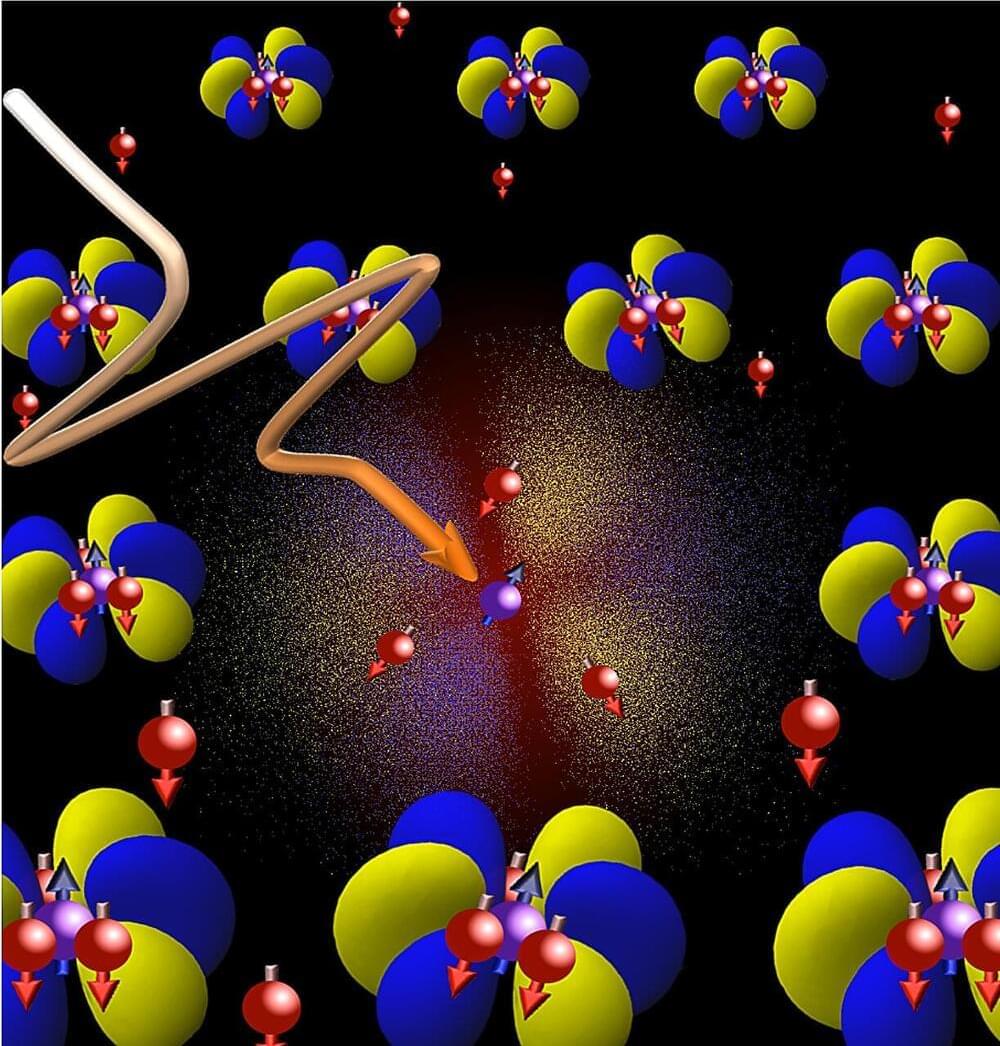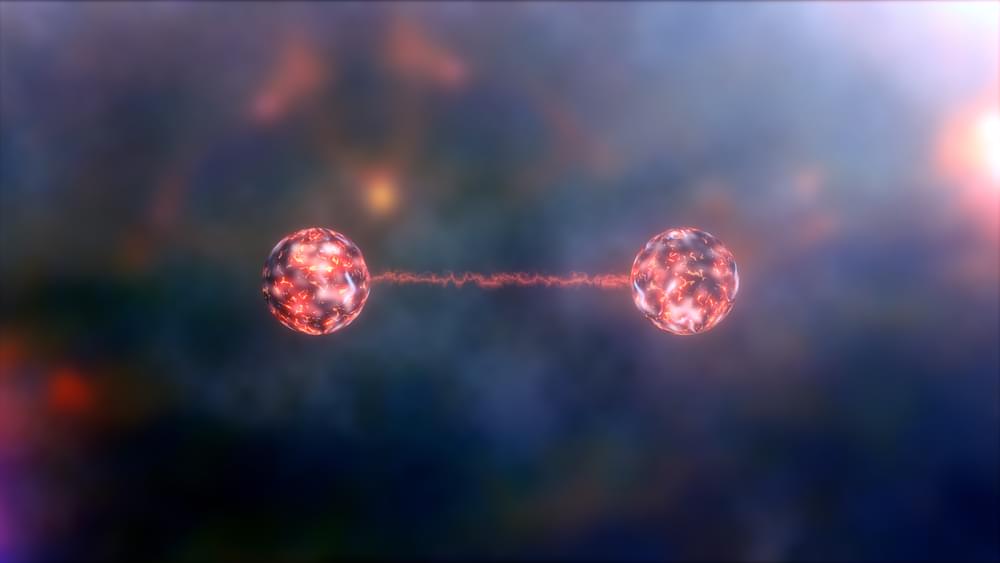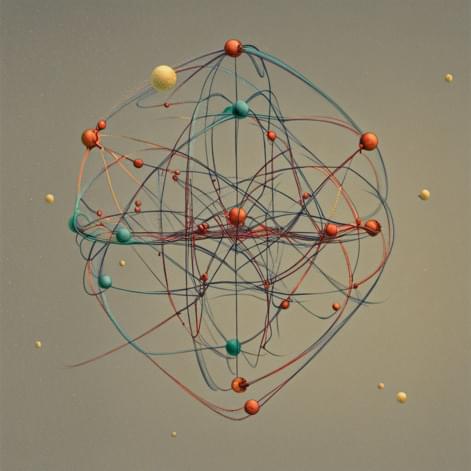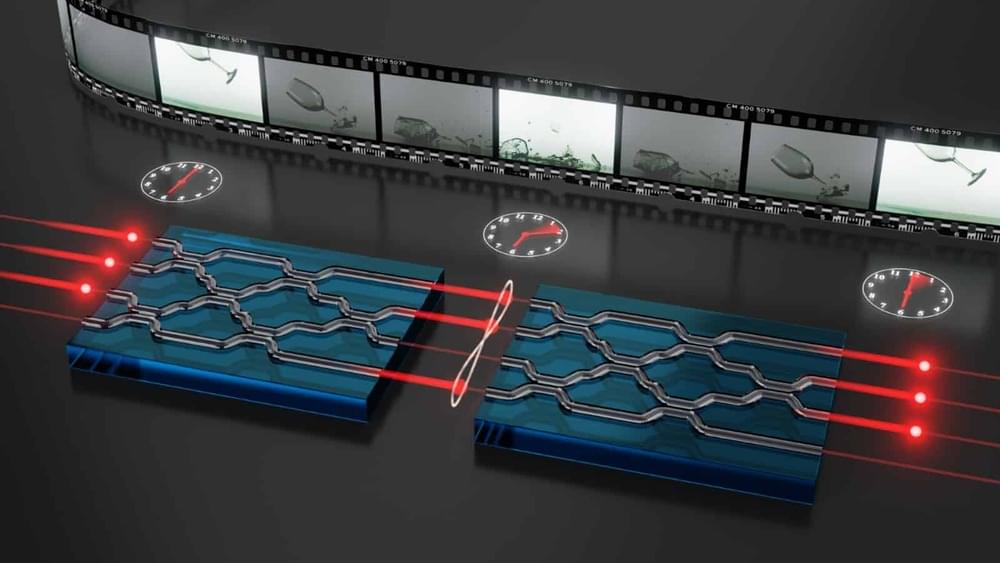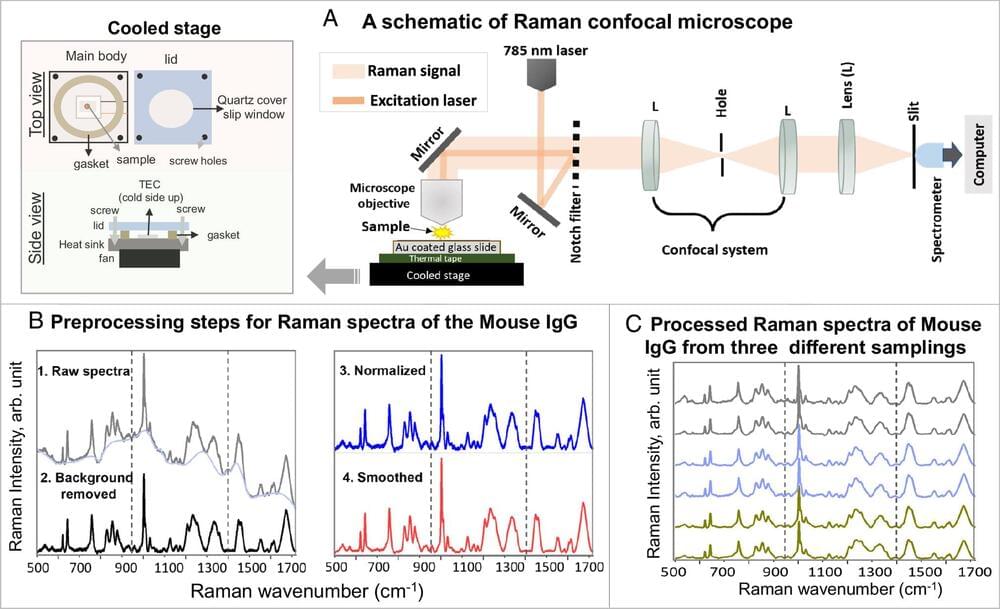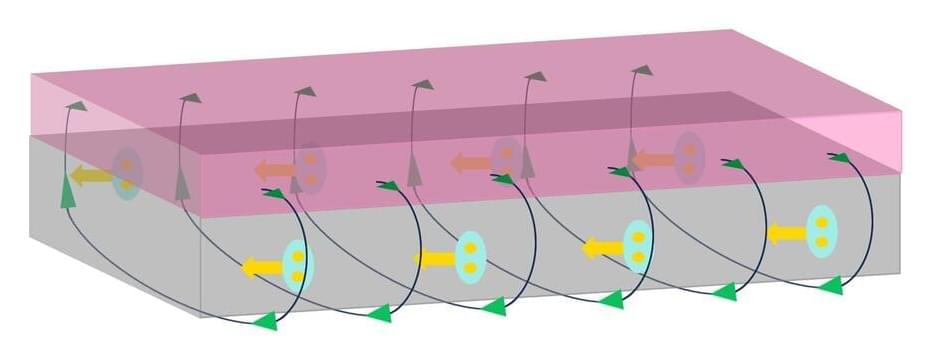Quantum memory that depends on quantum-band integration is a key building block used to develop quantum networks that are compatible with fiber communication infrastructures. Quantum engineers and IT specialists have yet to create such a network with large capacity to form an integrated multimode photonic quantum memory at telecom band.
In a new report in Science Advances, Xueying Zhang and a research team in electronic science, physics, and information technology described fiber-integrated multimode storage of a single photon at telecom band on a laser-written chip.
The storage device made of fiber-pigtailed erbium (Er3+) doped lithium niobate (Er3+:LiNbO3), presented a memory system integrated with telecom-band fiber-integrated on-chip components. The outcomes of the study highlight a pathway for future quantum networks to come in to being, based on integrated photonics devices.
